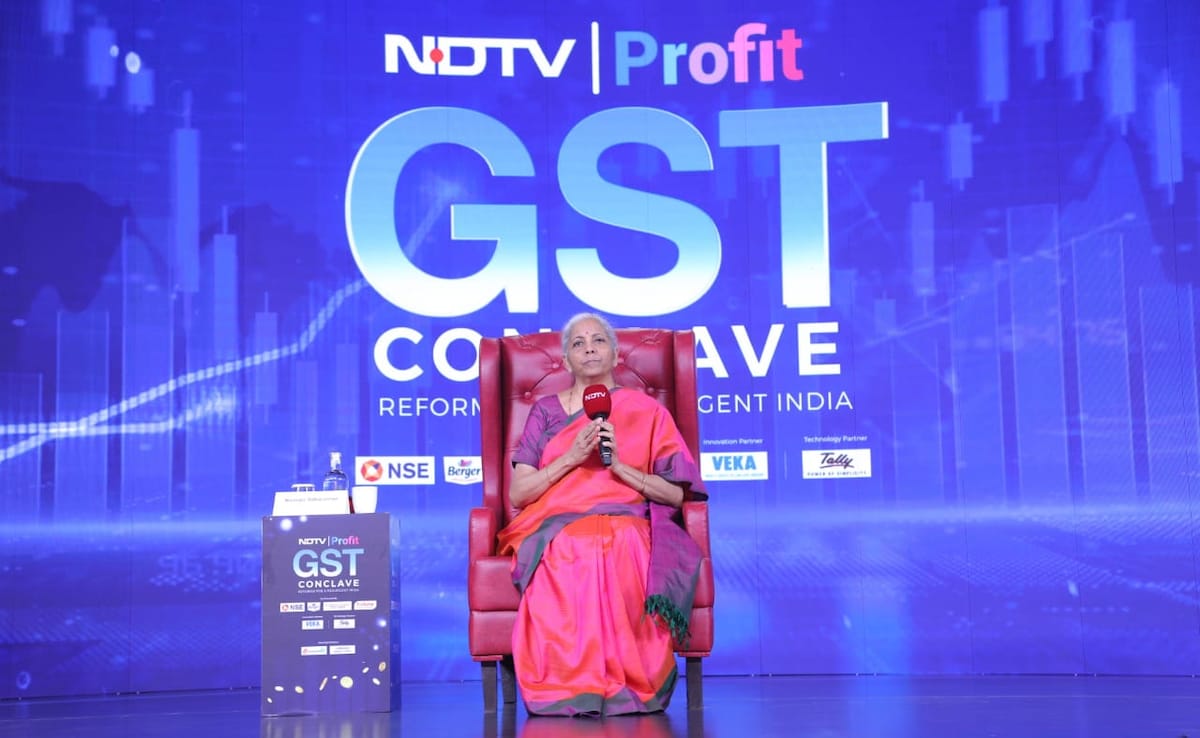ARTICLE AD BOX
Last Updated:September 10, 2025, 10:35 IST
Farmer groups called the floods a ‘man-made disaster’ and demanded accountability for dam mismanagement amid heavy rainfall warnings

Dams can potentially help moderate downstream floods, but when filled quickly, the same dam can wreak severe floods downstream. (News18)
Fresh embankment breaches in Punjab’s border districts have raised fears of more flooding, deepening the crisis in the state battered by the worst floods in decades. Pounded by overflowing rivers, farmers are demanding accountability for alleged dam mismanagement, and years of unchecked sand mining that intensified the floods.
Several farmers groups unitedly called the floods a ‘man-made disaster’, while rejecting AAP-led Punjab government’s flood relief package (Rs 20,000 per acre) on Tuesday, terming it ‘inadequate’, and demanding “full compensation" for the losses.
NO ‘RELIEF PACKAGE’, BUT ‘FULL COMPENSATION’
“We are not seeking a ‘relief package’, but full compensation for the disaster which was not natural, but largely man-made. Over 2,000 villages, more than four lakh acres of farmland have been severely impacted, with both farmers, and labourers losing their livelihoods. The crop has been wiped out. Thousands of families now have to rebuild their homes. We are prepared to struggle for our demands if necessary," said Jagmohan Singh, farm leader from Bharatiya Kisan Union (Dakaunda).
Farmers’ groups insisted on ‘full compensation’ of at least Rs 70,000 per acre for crop losses, and Rs 1 lakh for labourers who lost their livelihoods, instead of Rs 20,000 per acre being offered currently. Meanwhile, as rainfall eases, fresh breaches are still being reported along several stretches, including the Ghaggar river.
“The devastation is heart-breaking. Farmers have not only lost their standing Kharif crops, but also those for the upcoming Rabi season. Hordes of cattle have been washed away. All this has happened despite IMD warnings of heavy rains in August-September," said Devinder Sharma, Punjab-based agricultural policy expert. “The dams can no longer be absolved of their responsibility in intensifying this disaster. They must be held accountable. Rampant sand mining over the years has also made matters worse."
MAKE DAM OPERATIONS TRANSPARENT, DEMAND EXPERTS
Dams can potentially help moderate downstream floods, but when filled quickly, the same dam can wreak severe floods downstream. The state’s three major dams—Bhakra on the Sutlej (managed by Bhakra Beas Management Board (BBMB)), Pong on the Beas and Ranjit Sagar on the Ravi (managed by the Punjab government) — are now at the centre of the controversy. Experts have demanded that all the data regarding the daily inflow and outflow of the dams and SOPs during monsoons be made available in public domain to make dam operations transparent.
The New Delhi-based South Asia Network on Dams, Rivers and The People (SANDRP), which analysed the daily rainfall data, dam levels and outflow for all the three major dams in Punjab, stated the dams played a major role in worsening the floods in Punjab.
“We need more transparency in dam operations," said Himanshu Thakkar, Co-Ordinator of SANDRP. “All information related to dam operations, including the rule curve, should be made available in the public domain, including daily inflow, outflow, storage, upstream conditions and the names of those responsible for operations. SOPs should clearly define monsoon operations, rainfall forecast in upstream and downstream catchment areas, and post monsoon reviews should be mandatorily conducted and put in public domain."
The SANDRP analysis revealed that the outflow from Ranjit Sagar Dam on the Ravi rose from 9,000 cusecs on August 24 to 1,73,000 cusecs by August 27 as the dam crossed the Full Reservoir Level (FRL) at 527 m. “From August 27, outflow exceeded inflow for five days, which by definition of Central Water Commission (CWC) means the dam had generated floods. Clearly, it ended up contributing to floods rather than moderating it," it stated.
Furthermore, according to it, by August 1, Bhakra Dam was already 53 per cent full, but outflow increased significantly only on August 19-20, when spillway gates were opened for the first time in two years. Early outflows would have aided power generations, which was often suboptimal. Between August 1-20, inflow exceeded outflow by 180 per cent, pushing the dam beyond prudent storage levels, it stated.
WETTEST AUGUST FOR NORTHWEST INDIA SINCE 2001
The India Meteorological Department (IMD), which had earlier predicted above-normal rains this monsoon season, confirmed that Northwest India experienced its wettest August since 2001, with extremely heavy rainfall being recorded daily at several places. Punjab’s worst floods in decades have not only washed away houses, and inundated swatches of crops, but also killed at least 40 people and several still missing.
The Indian Army, Air Force, BSF, NDRF along with several NGOs continue the rescue and relief operations as rains subside. The disaster was also worsened by rampant, unsustainable sand mining and debris dumping from hydropower projects which further choked riverbeds, along with embankment breaches, and massive floodplain encroachments, said experts.

Srishti Choudhary, Senior Assistant Editor at CNN-News18 specializes in science, environment, and climate change reporting. With over a decade of extensive field experience, she has brought incisive ground repo...Read More
Srishti Choudhary, Senior Assistant Editor at CNN-News18 specializes in science, environment, and climate change reporting. With over a decade of extensive field experience, she has brought incisive ground repo...
Read More
Location :
Punjab, India, India
First Published:
September 10, 2025, 10:35 IST
News india Embankments Collapse Again: Who Is To Blame For Punjab’s Worst Floods In Decades?
Disclaimer: Comments reflect users’ views, not News18’s. Please keep discussions respectful and constructive. Abusive, defamatory, or illegal comments will be removed. News18 may disable any comment at its discretion. By posting, you agree to our Terms of Use and Privacy Policy.
Read More



.png)
.png)
.png)
















 2 hours ago
4
2 hours ago
4






 English (US) ·
English (US) ·